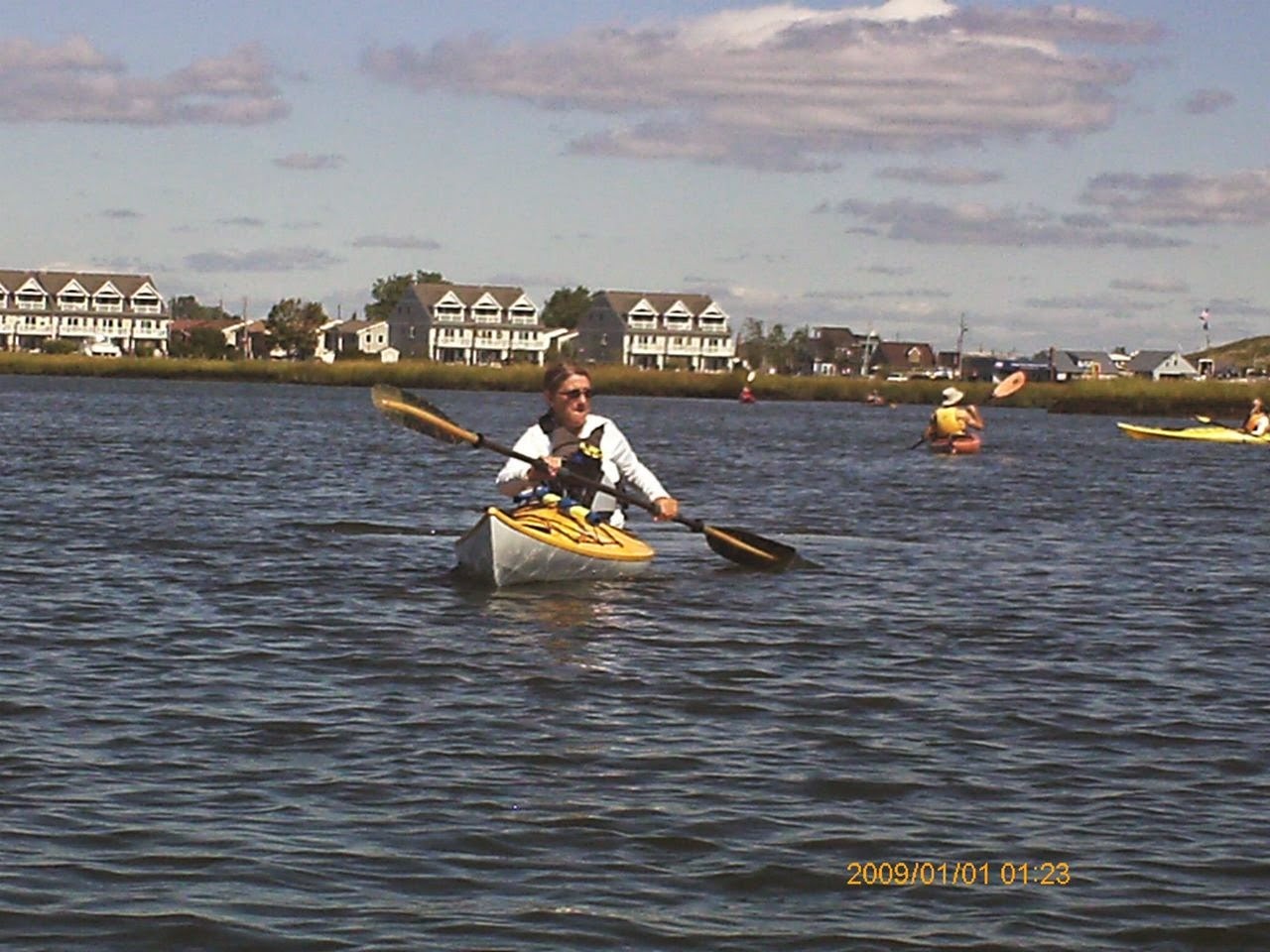 Clinical Health & Wellness is helping host a paddling event in Long Island on May 30. The event is called "Women's Wellness on the Water" and will be instructed by Bonnie Owens, LCSW. Bonnie counsels veterans in her private practice and directs a trauma and recovery program for military service members at the Seafield Center, an addiction treatment facility in Westhampton Beach, Long Island.
Clinical Health & Wellness is helping host a paddling event in Long Island on May 30. The event is called "Women's Wellness on the Water" and will be instructed by Bonnie Owens, LCSW. Bonnie counsels veterans in her private practice and directs a trauma and recovery program for military service members at the Seafield Center, an addiction treatment facility in Westhampton Beach, Long Island.Bonnie, the Director of Seafield's "Honor and Resiliency" Trauma and Recovery Program: Dedicated to Uniformed Service Members, started kayaking about 15 years ago. She takes groups out on the water to talk them through relaxation techniques. I asked her to share how she first got involved with Hope For The Warriors® through kayaking, as well as the positive effects of kayaking on trauma and resiliency.
How did you first get involved with Hope For The Warriors®?
As a consultant for the FDNY CSU, after the 9/11 attacks, I partnered with peer counselors to educate members on PTSD and provide firehouse outreach. This opportunity was life changing and I am blessed to say I have gained dear friends during these times. One of the Peers, Ralph Esposito had met Tina Atherall and he knew we needed to meet. He arranged a luncheon where Tina, Ralph, and I talked and talked about our experiences, our passion and commitment to ensure service members receive the care and respect we believe in our hearts and souls they so deserve. From that point forward I became a fan and supporter of Hope For The Warriors®. Tina said I was an integral part of helping Hope For The Warriors® hit the ground running in NYC with our clinical, trauma education programming. For me, I was simply helping an organization I believed in.
I am a daughter of Korean War Navy man, Two of my uncles served as well, one as a Marine, and the other in the Army. I also have a cousin who served in the Navy. I am driven to do my part, to ensure the well being of all who serve. Female military members represent to me a strength and warrior spirit I could only hope to aspire to. Simply put, they make me want to be a better person, do better, protect better, and support better.
Tell me more about your background working with Trauma & Resiliency.
9/11 changed the landscape of my life, both personally and professionally. In the immediate aftermath I was given the privilege of helping first responders, and other rescue and recovery workers and their families (both through FDNY and a NYPD organization known as POPPA, Police Organization Providing Peer Assistance).
Despite my professional training and knowledge, (LCSW, CASAC, C-CATODSW, ICADC, and EMDR part 2) nothing had quite prepared me sufficiently as I counseled the weary and traumatized. I found myself scrambling to secure and employ the most state of the art trauma response counseling strategies, interventions, and techniques. It was my experience that the conventional trauma response strategies, although beneficial, were not enough. Something more was needed. In an effort to help clients find relief and understanding, I drew from my respective fields of study and professional work. I was drawn to healing the physical and psychological symptoms of trauma.
I engaged in a self-disciplined study of all the resources I could find, because during those early days there wasn't a formal place of study for trauma. Over the years I have become a presenter on many topics surrounding neuroscience, exercise, peer connection, critical stress and many more as they relate to trauma.
What effects and benefits have you seen working with wellness and water activities, specifically when working with veterans? How do they change from the beginning of an activity to the end?
The “Wellness on The Water” events have given military members and their families an opportunity to diffuse the isolation and disconnect. At the beginning of the events, socializing is limited; members are often quietly and respectfully standing around, waiting to go out on the boats. During the paddling event you can watch the transformation: smiles, conversations, and laughter. Individual paddlers begin to paddle alongside another and conversations begin. Many times participants begin to comment on how relaxing the actual paddling is. I might then take the opportunity to paddle alongside them and begin to talk about the importance of moving through the trauma. Or I might talk about how to develop their own guided imagery by capturing the calming forces of the paddling, emphasizing they can then use the imagery anytime, anywhere.
After the paddling, during the meal, participants are more relaxed, verbal and engaging, so that transformation brings me so much satisfaction. It's also nice to hear that they want to come back on the water to continue the process.




No comments:
Post a Comment